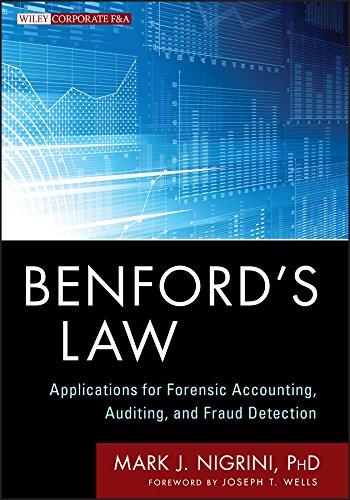Question
Overview In previous modules, you examined the initial stages of the accounting cycle and practiced journalizing financial transactions. In Milestone One, you will complete the
Overview
In previous modules, you examined the initial stages of the accounting cycle and practiced journalizing financial transactions. In Milestone One, you will complete the first part of your course project to demonstrate your ability to accurately record financial data, which will continue to be used to complete other parts of the project.
Scenario
You were recently hired as an entry-level bookkeeper for a service business that recently opened. This is the first month in operation for the business and your first task is to record business transactions for their first month using the source documents and transaction data the owner will provide to you. Because this is a small business that does not use computerized accounting, you will apply the accounting cycle in Excel to
record transactions and generate financial reporting results for the owner.
Prompt
Record Financial Data: Use accepted accounting principles to accurately capture business transactions for the month in the Company.
Accounting Workbook Template using the data provided in the Accounting Data Appendix document.
Specifically, you must address the following rubric criteria:
- Accuracy: Prepare entries that are accurate in that they fully reflect the appropriate information. Completeness: Prepare entries that are complete for each month, including transferring posted entries to T accounts.
- Unadjusted Trial Balance: Prepare the unadjusted trial balance portion of the "Trial Balance" tab of the company accounting workbook, ensuring that the total debits and credits match.
What to Submit
Using the provided template, submit your company accounting workbook with the following portions completed: the General Journal tab, the Ledger Accounts tab, and the Trial Balance tab. This should be completed and submitted using the Microsoft Excel workbook template. Please note that the first tab of the workbook provides you with the chart of accounts. These are the accounts you will use in recording transactions for the month.










Step by Step Solution
There are 3 Steps involved in it
Step: 1

Get Instant Access to Expert-Tailored Solutions
See step-by-step solutions with expert insights and AI powered tools for academic success
Step: 2

Step: 3

Ace Your Homework with AI
Get the answers you need in no time with our AI-driven, step-by-step assistance
Get Started


